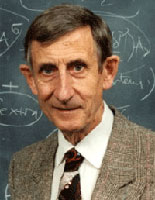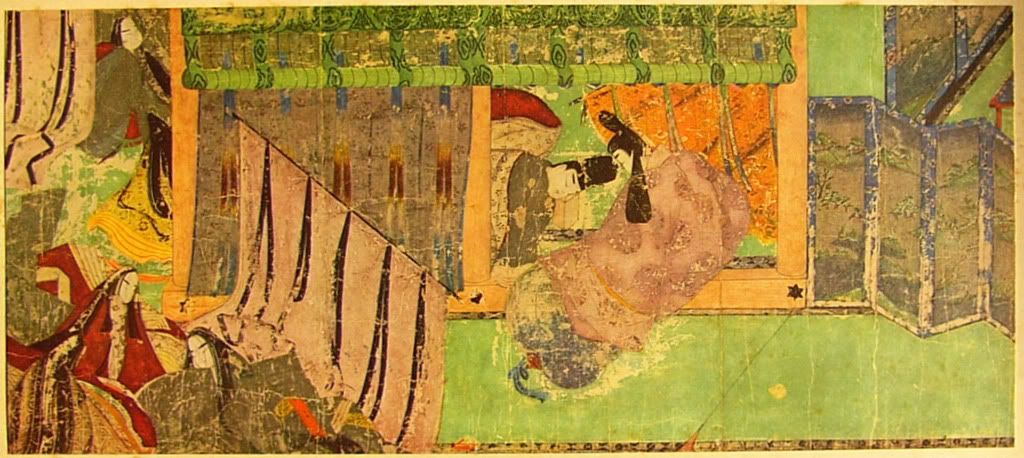This is a novel illustrating the personal formation of its central character; Usually it shows the early life of a subject to demonstrate how his or her character was formed by interacting with other people and the institutions of their day.


There are some who will suggest that the first novel, Murasaki Shikibu's Tale of Genji is a bildungsroman.
Would I consider On The Other Side Of The Eye a bildungsroman?
I can see the argument in both directions.
If we were to suggest that a book of poetry can be a bildungsroman, than I might argue for Snodgrass' Monster Zero to be a bildungsroman.

I think it can be done.
Can it be done well? Should it be done? Should we keep terms from novels from spilling over into poetry and other forms of art?
Or heavens, the next thing you know, we might see a work of the Old Masters of European painting being hailed as a bildungsroman. And that would be heretical.
Still, I've been known to enjoy a good heresy or two.

And physicist Freeman Dyson recently made an interesting argument for heresy, at least in science.
Dyson opines "What the world needs is young heretics. I am hoping that one or two of the people who read this piece may fill that role."
I'm not sure I completely agree with him on all of his conclusions, but he makes a rousing argument for standing up to defy the sacred cows of knowledge.
And Dyson does concede he's been fabulously wrong from time to time: As when he advised a young Francis Crick to stick with physics, not biology, because biology wouldn't be doing anything interesting for at least another 20 years. Thank heavens Crick didn't listen to him.
"My prediction was an extreme example of wrongness, perhaps a world record in the category of wrong predictions," Dyson admits with good humor.
Francis Crick went on to discover the double-helix structure of DNA, along with James Watson, Maurice Wilkins and Rosalind Franklin.
But these are some thoughts for the day.

1 comment:
If you liked THE SINNERS, you may wish to see Alec Stevens' 2006 graphic novel, SADHU SUNDAR SINGH, available from Calvary Comics:
http://www.calvarycomics.com
Synopsis: the true story of a wealthy Sikh in post-Victorian India who becomes a penniless follower of Jesus Christ. Genuine signs and wonders follow this man of God as he brings the Gospel into then-forbidden Tibet and surrounding regions, often imperiling his own life. A riveting and unforgettable testimony.
Post a Comment